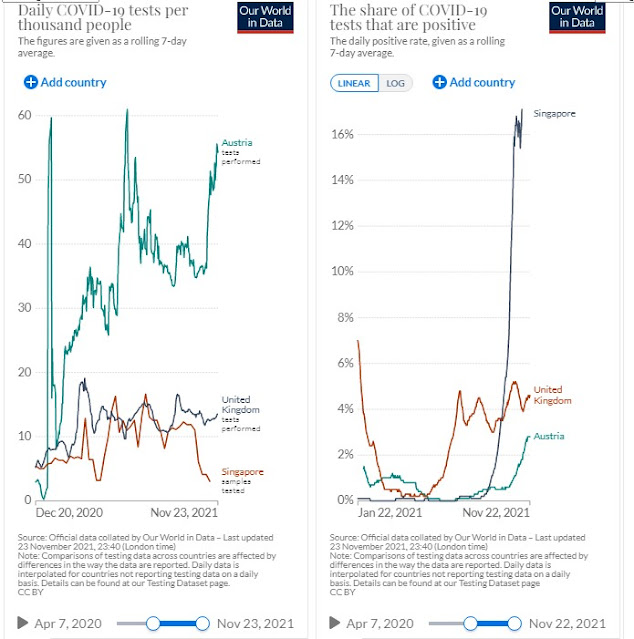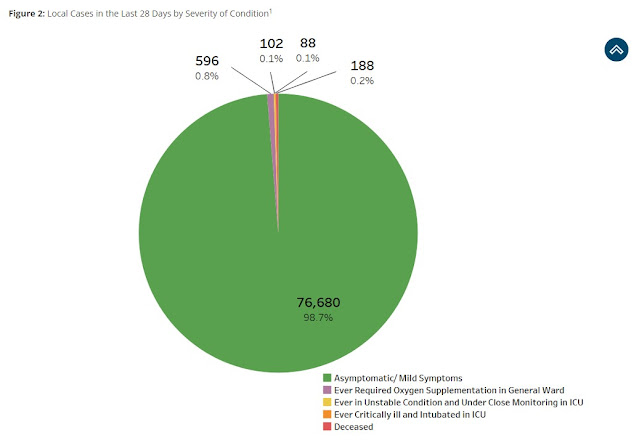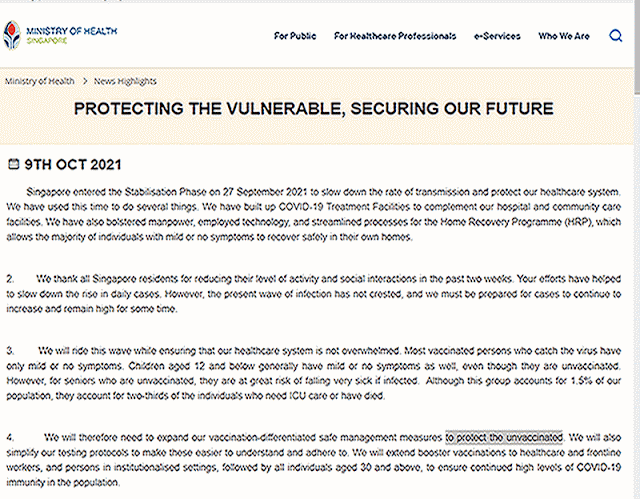We have a situation where 2 Nos of 40W 4 feet fluorescent fitting were fitted inside a lightbox having an egg crate lighting diffuser at a ceiling height of about 3.5 meters. We wanted to change them into LED lightings not only to save energy but also to get a brighter lighting system for the sitting room. We came across these cheap 5 watts downlights which we have retrofitted with good results. This article will describe how we retrofitted them and how we improved the lighting system with cheap materials found in the house.
The Downlights
These downlights are not only cheap, but they are also quite bright if one only could carefully read the reviews that some of the buyers were saying. We replaced the 2 Nos of 40Watts fluorescent fitting with 8 Nos of these little glitters and managed to get a better and brighter lighting level.
How?
As advertised & to our surprise, we found the brightness of this little glitter is equivalent to about a 60-80W incandescent lightbulb. As downlights are direct lightings, their lighting output will not be cut by the egg crate diffusers which we had had in our old lighting setup using 2x40 Watts fluorescent fittings.
Retrofitting
The retrofitting was relatively easier with the egg crate diffuser. All one needs is a wire cutter that one can use to cut a hole of about 60 cm in diameter. Wiring up was a piece of cake with the quick wiring connector that one can wire up the lamps in a matter of half an hour with simple double core wirings. Each lamp consumes only about 5 Watts so any type of double core wiring would be suitable.
Calculated Energy Saving
If what was claimed is to be true that each LED downlight consumes only 5 Watts, the total wattage saved for replacing the 2x40Watts fluorescent fitting will be around 60 Watts considering that a 40 Watts fluorescent fitting will consume 50 watts including the ballast which will consume another 10 watts. The total saving would be roughly 60 W x365 days x5 hrs per day or about 109 kWh per year. At an electricity cost of around $0.25 per kWh, the saving would be around $27/= per year. This is about twice the cost of the downlights which is around $1.60 each.
Shortcomings
The only shortcoming we have had is the glare from these fittings. It is quite unbearable especially when it is installed at such a height. It is quite eye-catching and disturbing when one sits on the couch, looking at them. There were no lampshades we could find online to fit the lamp. Finally, we use cupcake plastic bowls we found sitting at the corner of the house. This is how we did it
Things to watch out
1) Buying the downlights
There are many varieties of downlights available online. Most of the cheaper ones are from China. They all use the same advertising pictures and descriptions and appeared to be the same but actually, they are from different manufacturers; therefore, they can be entirely different. When they claimed to be white light in color, some might be a mixture of bluish and yellowish light. The lighting level can also differ. It is good to read the review to buy the correct type.
2) Cutting the holes in Egg Crate Diffuser
The plastic could be old and brittle after some years of working. Be careful when cutting the hole. Plan first before deciding where to cut the hole. It would not be possible to repair the hole after the hole cutting. Hot glue is good assistance if some piece of the egg craft came loose while cutting the hole. It is a good practice to glue a round plastic ring to reinforce the rims of the egg crate cuttings.
3) Safety First
Go without saying. Make sure the power is always off before doing any electrical work and advise that no one will turn on the power while one is working on any electrical wiring work.























